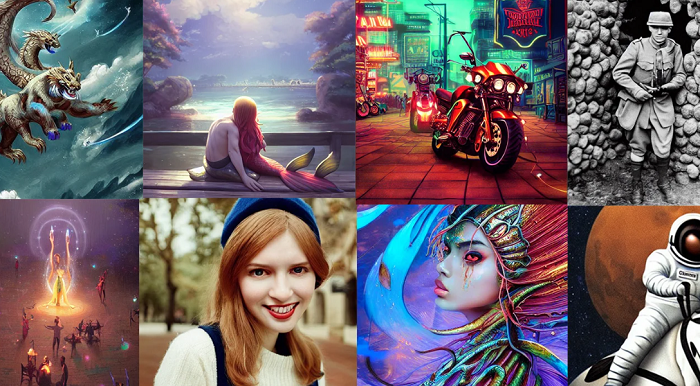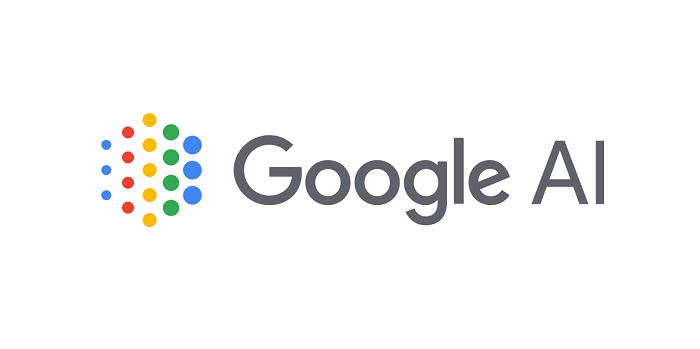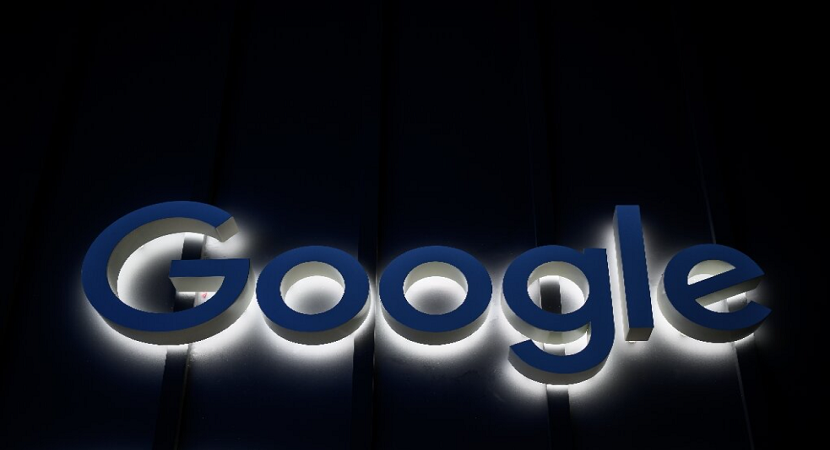John Mueller, the search advocate and trend analyst at Google, has disclosed that the use of AI-generated images is the next big step toward audience engagement.
But we must know what it is before we dig out the ethical and legal implications of AI-generated images on the audience capturing potential on a website. The viability of AI images and Google’s take on its use are crucial.
Long story short, Google is not imposing any embargo on the usage of AI-generated media as of now. Though there are regulations and prohibitions on AI-generated content, media is exempt.
But why favor one and restrict the other? What is the logical clarification behind the decision, and are there any specific guidelines for the use of AI-generated images? Let us understand.
Contents
Generation Of Images Using Artificial Intelligence
We are well acquainted with people’s various photographs and images on their websites, blogs, and even research articles. These media add to the relevance and readability of the text, making the words compulsive.

Initially, a particular group of well-equipped and skilled photographers clicked these pictures and sold them to interested individuals for use. But the limitations of human ability and perfect timings and environment were a roadblock.
To overcome these hindrances, Dall-E came into existence. Dall-E is an application-based platform that uses text input to generate images as the desired output.
This AI technology was able to surpass the obstacles previously left untackled. Its text-to-image model generates a heterogenous mixture of pixels that align themselves in response to the text entered.
Pathway To A Limitless Boundary
AI and ML have multiplied the possibilities and pushed the boundaries of workable environments by multiple folds. AI-generated images are no exception to this.
With the use of AI-generated media, creativity has expanded immeasurably. The public is able to integrate the most appropriate images with their text to give a meaningful conclusion and explanation.
Dall-E helps you explore the prospects of your temporal mind to its extreme capacity.

For instance, a frictional story writer wants to deliver meaningful yet educational content to children and he needs an image of a ‘ red frog smiling with joy playing the flute under a mushroom.’
Dall-E generates 3-4 iterations of high-quality images to suit the needs. The writer now adapts the most explicit visualization.
See Also: 5 Key Image SEO Tips To Know In 2021 [EXPLAINED]
Google’s View On AI Images
Google has given free rein to using AI-generated images on web pages. It is permitted as long as the image is relevant to the text and brings originality to the table.

The discussion on the impact of these images on search ranking is foggy, though. These images currently have no notable impact on the search ranking of websites.
It has been made clear that automatically generated texts are a big NO and are treated as spam by Google. But since the model of AI-generated media and its practical use is relatively new, it allows for experiments and generates results.
Conclusion
AI-generated images are floating in the ocean of web pages with no constraints from Google. Though we can see them generate a good response, but there is a need to explore their full potential.


